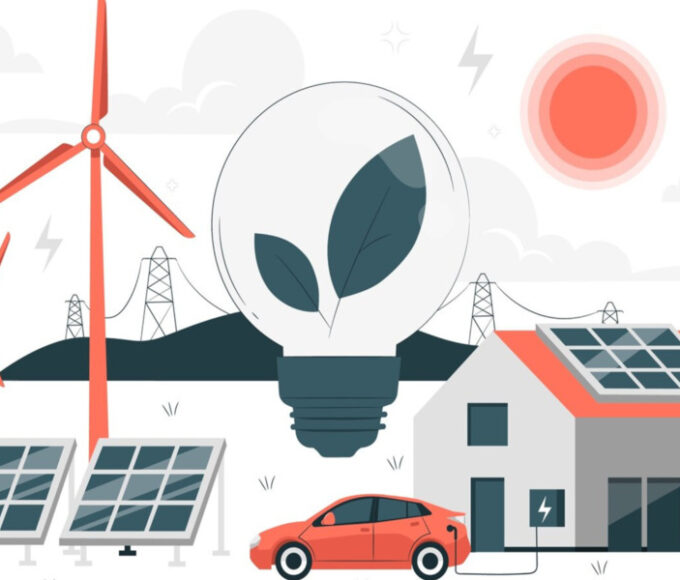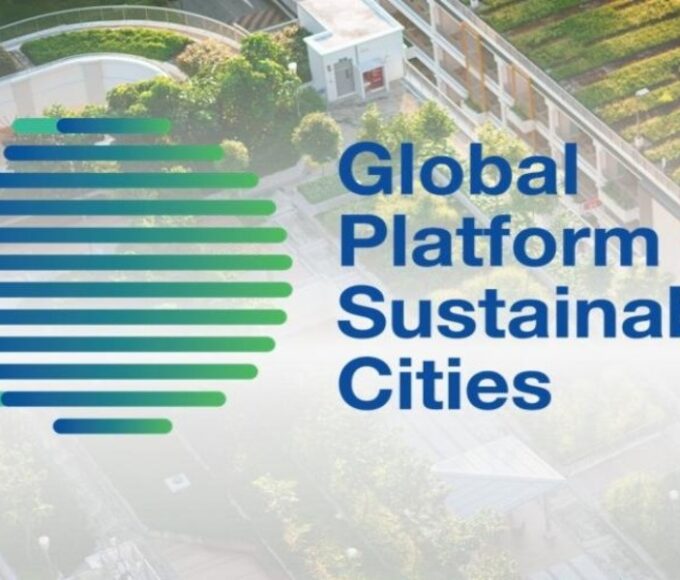What’s Next for the 2025 Housing Market?

As we move closer to 2025, the housing market in the U.S. is expected to face continued transformation, driven by several economic, societal, and technological factors. While the market is still recovering from the impact of the COVID-19 pandemic, trends suggest that buyers, sellers, and investors will need to adapt to an evolving environment in the coming years.
Here’s a closer look at what’s next for the 2025 Housing Market:
1. Mortgage Rates and Affordability
The most significant factor influencing the housing market in 2025 will be mortgage rates. Over the past few years, mortgage rates have seen a sharp increase, driven by the Federal Reserve’s actions to curb inflation. As the Fed continues to adjust rates to manage inflationary pressures, mortgage rates are likely to remain relatively high in 2025, though they may stabilize compared to the dramatic highs of 2023 and 2024.
For homebuyers, this means affordability challenges will persist. High mortgage rates, coupled with rising home prices, will continue to limit purchasing power, particularly for first-time buyers. The affordability gap will remain wide in many areas, especially in highly competitive urban centers. Homebuyers may need to adjust their expectations, opting for smaller homes or less expensive locations.
2. Limited Housing Inventory
One of the most persistent challenges in the housing market is the lack of inventory, particularly in the entry-level housing segment. Despite efforts to boost construction, housing supply remains constrained in many markets due to factors such as rising material costs, labor shortages, and zoning restrictions. Zillow predicts that inventory will remain tight in 2025, especially in popular suburban and urban areas.
This inventory shortage is expected to continue to drive competition, keeping prices elevated. Buyers in high-demand areas will likely face bidding wars, and the overall pace of transactions will be slower as many homeowners remain reluctant to sell due to high mortgage rates.
3. Regional Variability in Home Prices
While national home prices are expected to stabilize or grow more slowly in 2025, regional differences will become more pronounced. Some markets, particularly those that have seen significant population growth and have strong local economies, will continue to experience price increases. Areas with limited housing supply and high demand will likely see sustained price growth.
On the other hand, markets that have been overheated in recent years or those facing economic challenges may see slower price increases, and in some cases, price corrections. The trend toward suburban and rural living is expected to continue, with many buyers opting for areas where home prices are lower and more space is available.
4. Remote Work and Changing Buyer Preferences
The impact of remote work on the housing market will continue to be felt in 2025. Many buyers now value features that accommodate flexible work arrangements, such as dedicated home offices, fast internet access and proximity to co-working spaces. As remote work becomes a long-term fixture for many industries, the demand for homes in suburban and rural areas will persist.
Buyers will also prioritize homes that offer more space, both indoors and outdoors. This could mean a continued demand for larger homes with bigger yards, particularly in markets where these features are more affordable than in densely populated cities. The desire for more personal space and a higher quality of life will drive demand for homes outside urban centers.
5. Sustainability and Smart Homes
Environmental concerns and sustainability will be a major driver in the housing market in 2025. As climate change becomes an increasingly urgent issue, homebuyers and renters alike will look for homes that incorporate energy-efficient systems, sustainable materials, and eco-friendly designs.
Homes with solar panels, energy-efficient windows, and green building certifications like LEED will be highly sought after. Additionally, smart home technology, such as automated thermostats, security systems, and energy-saving devices, will become increasingly popular, especially among tech-savvy millennials and Gen Z buyers. Developers will need to meet these growing demands to remain competitive in the market.
6. Rental Market Growth
As homeownership becomes less accessible for many buyers, renting will continue to be an attractive option. The rental market is expected to experience continued growth, especially in suburban and emerging markets. Renters will increasingly seek homes with larger living spaces, amenities, and flexibility in lease terms.
Institutional investors in the single-family rental market will also continue to play a significant role, purchasing single-family homes to rent out. This trend could increase competition for rental properties and drive up rents in some areas. On the other hand, the demand for rental properties in more affordable markets will rise, especially as younger generations continue to delay homeownership due to financial constraints.
7. Technological Innovation and Real Estate Transactions
Technology will continue to revolutionize the way real estate transactions are conducted in 2025. Virtual home tours, AI-driven pricing models, and blockchain technology for secure transactions are likely to become more common. These innovations will improve efficiency, streamline processes, and offer more transparency to buyers and sellers.
Additionally, the role of online platforms like Zillow and Redfin will grow, with enhanced tools that provide real-time data on home prices, local market trends, and neighborhood insights. Homebuyers will be able to make more informed decisions, while sellers will have access to better tools to market their homes.
8. Commercial Real Estate Adjustments
While the residential market remains a key focus, commercial real estate (CRE) will also undergo significant changes in 2025. The demand for office space will likely continue to shift as more companies embrace hybrid and remote work models. Commercial landlords will need to adapt by offering flexible lease terms and reconfiguring office spaces to accommodate collaborative work environments.
Retail spaces, too, will continue to face challenges as e-commerce grows. However, well-located retail centers that offer unique experiences or convenience-driven services may continue to thrive. Mixed-use developments, where residential, commercial, and recreational spaces are combined, will become increasingly popular in urban areas as they cater to the changing needs of residents and businesses alike.
Conclusion: Navigating the 2025 Housing Market
The 2025 housing market is expected to present both challenges and opportunities for buyers, sellers, and investors. High mortgage rates, limited housing supply, and affordability concerns will remain top issues, but regional disparities and changing buyer preferences will create niches of opportunity.
For homebuyers, finding the right balance between affordability and desired features will be key, while sellers in high-demand areas may still see strong competition for their properties. Investors, both in residential and commercial real estate, will need to stay attuned to shifting trends, from remote work’s impact on location preferences to the growing demand for rental properties.
Ultimately, the 2025 housing market will be defined by adaptability. Those who are able to adjust to the evolving landscape, from technological advancements to changing economic conditions, will be best positioned to succeed in a dynamic environment.
Visit Latest Interviews
Recent Posts
Related Articles
Why You Should Think About Your Domain Extension Before You Think About The Name?
Think of your domain extension like a surname—it wraps up your web...
ByGlobal Leaders ViewAugust 19, 2025Germany’s ‘Energiewende’ Initiative: A Vision for a Sustainable Future
Germany’s ambitious energy transition, known as the Energiewende, aims to shift the...
ByGlobal Leaders ViewJanuary 27, 2025Global Platform on Sustainable Cities Established
In a groundbreaking move toward addressing the challenges of urbanization and climate...
ByGlobal Leaders ViewJanuary 27, 2025Singapore’s Green Urbanism Initiatives
Singapore, known for its modern skyline and bustling urban environment, is also...
ByGlobal Leaders ViewJanuary 27, 2025













Leave a comment